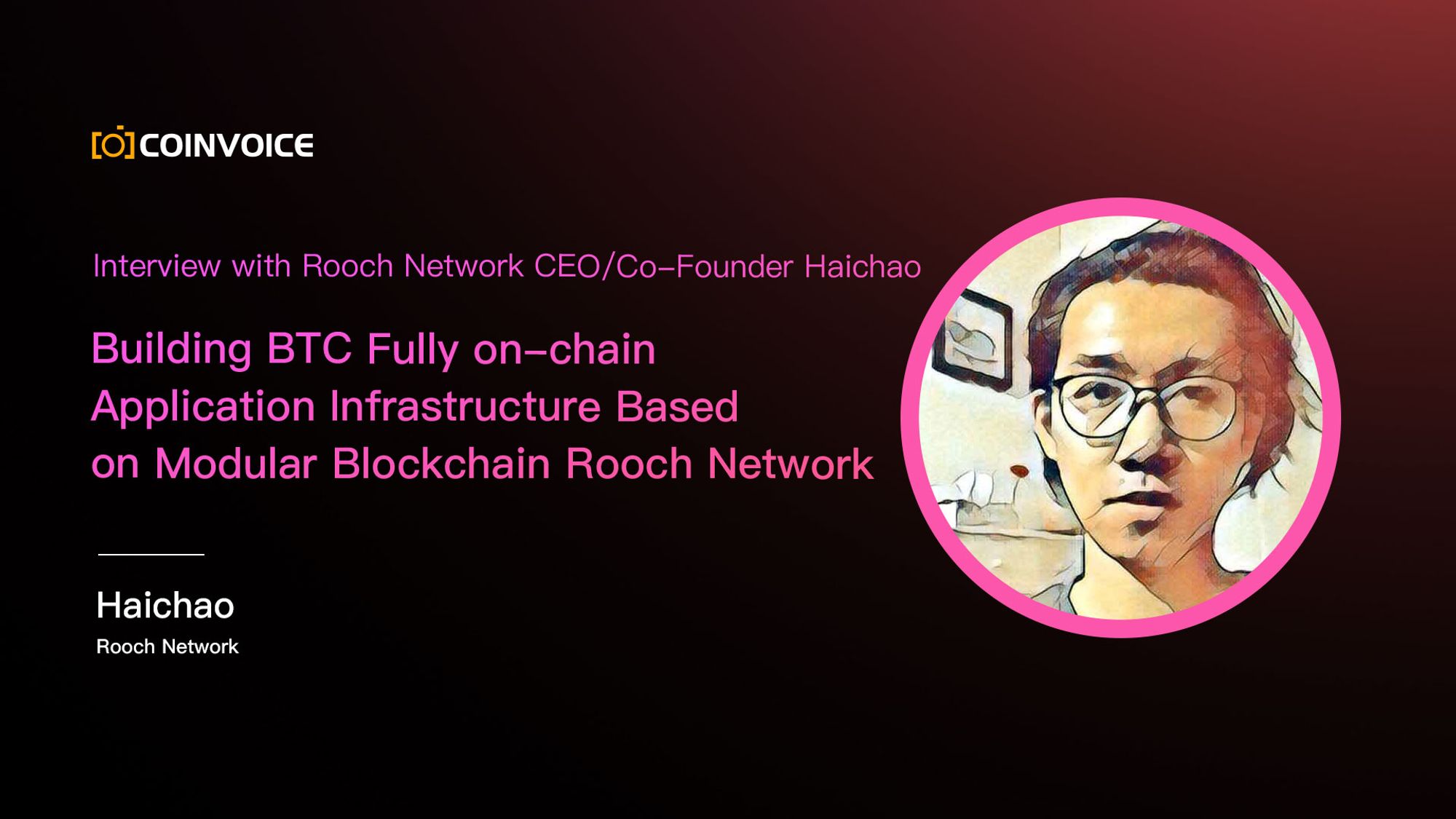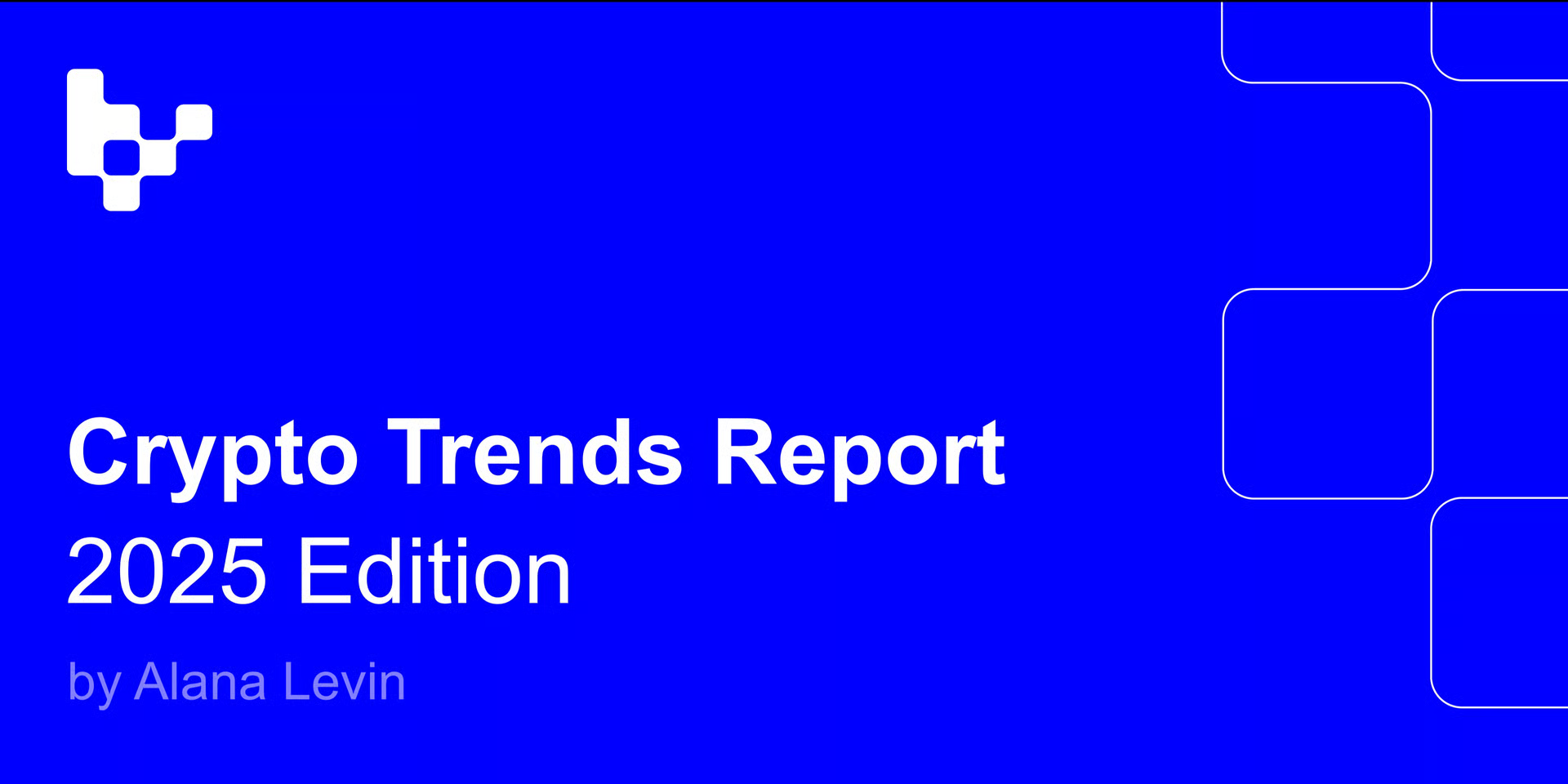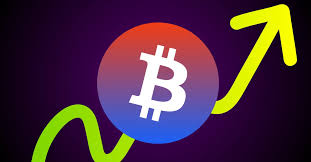CoinVoice: Can you introduce yourself and your experience with Crypto?
Haichao:At the end of 2017, when I first read the white papers of Bitcoin and Ethereum, I was deeply attracted by the spirit of decentralization. In early 2018, by chance, I joined Nervos and started my journey in the Web3 world, later moving to Solana, Algorand, and Aptos. During my time at these four public chains, I mainly served developers, understanding their deep needs and operating developer communities. Based on this, I was not only able to gain a deep understanding of the differences between various smart contract languages, but also to interact with many excellent developers, frequently discussing and talking about technology. It was during my time at Aptos that I came into contact with the Move language and found that this programming language has a natural attraction for developers. After a detailed chat with Mr Jolestar, I decided to co-found Rooch with him, bringing the Move language to more ecosystems through a new infrastructure.
CoinVoice: Can you give a brief introduction to Rooch BTC?
Haichao:The vision of Rooch Network is to build the best infrastructure for on-chain applications to accelerate the industry's transition towards decentralization. This means that we need to integrate technologies including modular blockchain, multi-chain integration, account abstraction, etc., to achieve this goal together.
After a year of bottom-layer construction in 2023, we have completed most of the infrastructure development. What we need now is to find a suitable market entry point, and the BTC ecosystem is obviously one of the most focused directions at present. Therefore, we chose to launch our first pilot network, RoochBTC, built on the BTC ecosystem, to build a bridge for the broad Move developers to enter the BTC ecosystem.
CoinVoice: Rooch Network has always been committed to providing a modular execution layer based on the Move language. How did you transition from Rooch Network to Rooch BTC?
Haichao:The initial design of Rooch Network is based on the idea of modular blockchain, planning to implement the linkage of Rooch with all L1 blockchains to support Rooch ecosystem developers to use any asset on any chain to develop on-chain applications. Therefore, on a technical level, we are not undergoing any transformation from the bottom-layer development of Rooch Network to the launch of the RoochBTC pilot network. In terms of expanding the Bitcoin ecosystem, we can also propose a different solution based on our previous work, namely on-chain indexer.
In terms of ecology, considering factors such as market value, the number of coin holders, and the completeness of infrastructure, although there are still many new narrative opportunities for everyone to participate in the Ethereum ecosystem (such as restaking), we think the BTC ecosystem has a wider space for development and is more likely to make applications that go out of the circle. In terms of capital, the To VC mode has limitations, and the vitality brought by inscription to BTC comes more from the community, which itself is more in line with the development process of blockchain history. In summary, we are the first to launch the RoochBTC pilot network, allowing our community developers to use advanced infrastructure to enter the big blue ocean of the BTC ecosystem.
CoinVoice: How do you view the current progress and future of BTC Layer2?
Haichao:The heated discussion about BTC Layer2 these days reminds me of the discussion about PoW vs PoS in China in 2019. The result of that time was that a few hundred people in a WeChat group argued for three days and nights, all technical details were mentioned and fully discussed, and the essence of the discussion was stolen by a foreigner and posted on Twitter to gain a lot of fans. More than a year later, Ethereum officially switched to PoS, and technology ultimately cannot resist the temptation of traffic and discounts.
There are too many such stories in crypto industry. It's not that people don't understand technology, or can't judge safety, but the mentality of eager for quick success and instant benefit will still make most people choose to take shortcuts and go the most unsafe and least decentralized way. This observation also applies to our current view of the BTC L2 track. But if we focus on future development, we still think the BTC ecosystem will be different. Because the BTC ecosystem has its own creed of "don't trust, verify", it's too hard to get users to give up their bitcoins. It was only after a long time of infrastructure construction and user education on Ethereum that people got used to Metamask's Approval, leading to the later DeFi summer. For example, asking a BTC holder to pledge 0.1 BTC to a strange address, and asking an Ethereum user to pledge 2 ethers to a defi contract, the trust threshold cost between the two is completely different.
So in our view, how to run out of a cross-chain entrance that users trust is the most difficult thing. After all, after this, all modes we can copy from the Ethereum ecosystem. Right now, our RoochBTC plans to adopt a non-custodial cross-chain method first, using a chain indexer design to achieve fully on-chain applications. Essentially, it bypasses the most difficult problem of cross-chain, or only solves part of the problem. When the market cake gets bigger, we will work together with other industry players to tackle the most difficult barrier.
CoinVoice: What reasons prompted you to choose Indexer L2 among the many BTC Layer2 technology solutions, and what is different about Rooch BTC?
Haichao:The biggest difference is that RoochBTC allows BTC ecosystem users to enjoy low-cost on-chain applications through a non-custodial cross-chain method. The biggest benefit of non-custodial management is that it lowers the trust threshold and does not require users to transfer BTC assets into a third-party wallet. And non-cross-chain has its own gameplay, but also has strong scalability. Our upcoming RoochBTC will show everyone these new possibilities, so stay tuned.
CoinVoice: What do you think are the factors that could help a BTC Layer2 succeed in such fierce competition?
Haichao:Route advantage. Some L2s in the market have quickly changed their original cross-chain bridge project into an L2 through their own first-mover advantage; others have first gathered users through the inscription protocol, and then launched an L2 platform based on the inscription user group. Both of these operation strategies have something worth learning from, but we think the most important thing is to choose the route we think is the most correct, that is, to build a platform through a chain indexer. In our view, this route is more interesting than simply opening a multi-signature wallet for custodial cross-chain, and more in line with the spirit of Bitcoin; secondly, its technical difficulty will not be as high as BitVM. However, we also saw some competitors in this chain indexer subdivision track, so we are working overtime to build the basic ecology first.
CoinVoice: What methods will you use to attract funds and users after the launch of Rooch BTC?
Haichao:The core of building an ecosystem is to unify the interests of developers and users. In the previous construction of the public chain ecosystem, the project party needed to build a platform first, and then spend a high cost to subsidize developers and users at the same time until a consensus was formed to lower the cost of the ecosystem's flywheel operation.
The Fair Launch based on inscription has given us a new idea. The inscription community can be formed before the project, and the project party can choose to build a platform for the already formed inscription community, and capture value through platform coins. We are currently trying this path.
Although our platform has not officially launched, on the developer side, we experimented with a Movescription protocol on Sui, gathering a group of Move developer communities; on the user side, we will be compatible with BRC20 and BRC420 protocols, and we are also building a new Bitcoin inscription protocol, trying to gather our own users. All users at these two ends can obtain the same chips in a fair and unlicensed manner on the RoochBTC network, realize the unity of interests, and quickly complete the cold start of the ecological flywheel. What we need to do is to strive for innovation, provide more application gameplay possibilities for the community, lower transaction costs as much as possible, provide a better liquidity platform, and richer asset types.
CoinVoice: The BTC application ecosystem and the inscription ecosystem are still in their early stages. What do you think is the prerequisite for the emergence of popular BTC applications?
Haichao:The short-term innovation of the BTC ecosystem comes from the inscription protocol, which is backed by the new asset issuance method brought by the inscription and the new type of asset itself. The issuance method has been almost played out, and now we are looking forward to the gameplay of this new type of asset. We classify the inscription assets as a more general type called Semi-Fungible-Token (SFT), which has the concept of "bill", similar to NFT, but at the same time can enter the AMM protocol as FT to become liquidity. As the SFT market grows, I believe we can see new application gameplay in both GameFi and DeFi tracks. Although we are still studying this aspect, the Rooch platform adopts MoveVM, and the built-in native Object framework is more suitable for operating SFT assets, providing better composability. We hope to buidl fun things with our community of Move developers.
CoinVoice: The appearance of popular applications will be a huge boost to the development of BTC Layer2. Which track do you think is more likely to produce popular applications, and why?
Haichao:We are currently still more focused on the fully on-chain game track. The financial infrastructure of the inscription is certainly important, including leverage and liquidity infrastructure, etc., but the rapid intervention of the exchange has met this market demand in the short term. So we want to think more about application gameplay after realizing the transaction. The concept of fully on-chain games has also been developed for almost a year, but this sector has not taken off yet. We think that the asset concept in the framework of fully on-chain games is very compatible with SFT, and we believe that the combination of the two can achieve gameplay innovation. And the Rooch platform itself is also designed for fully on-chain applications, so we are prepared to explore in this area.















